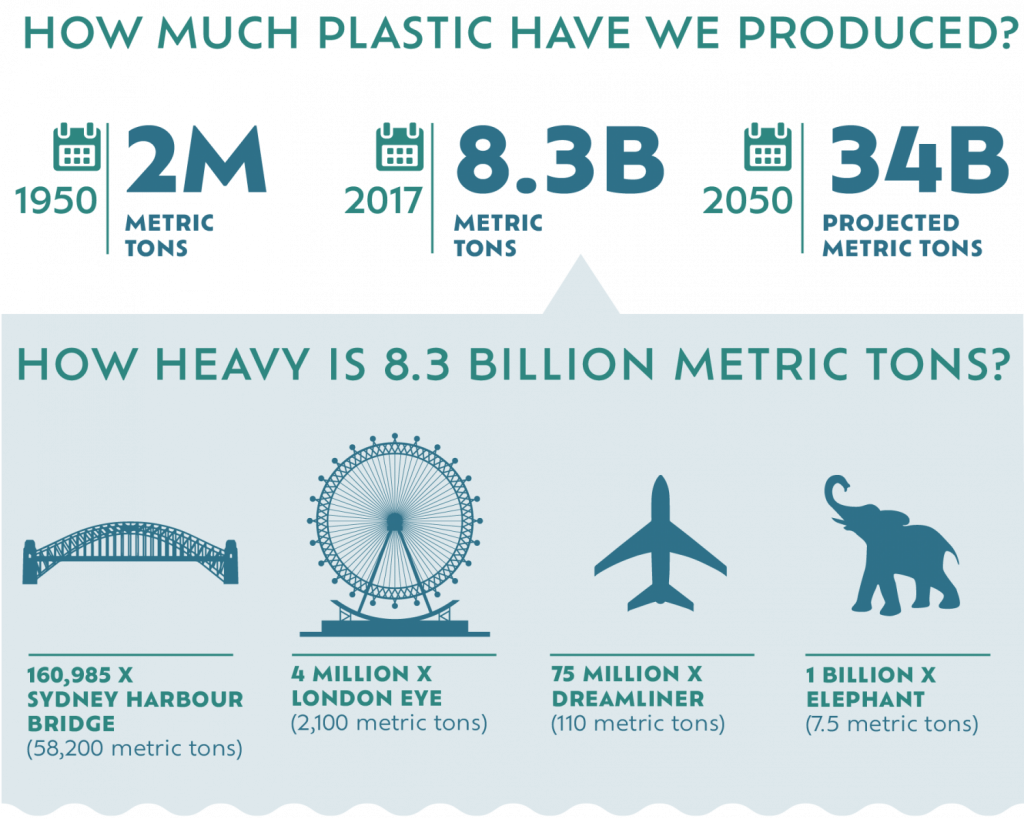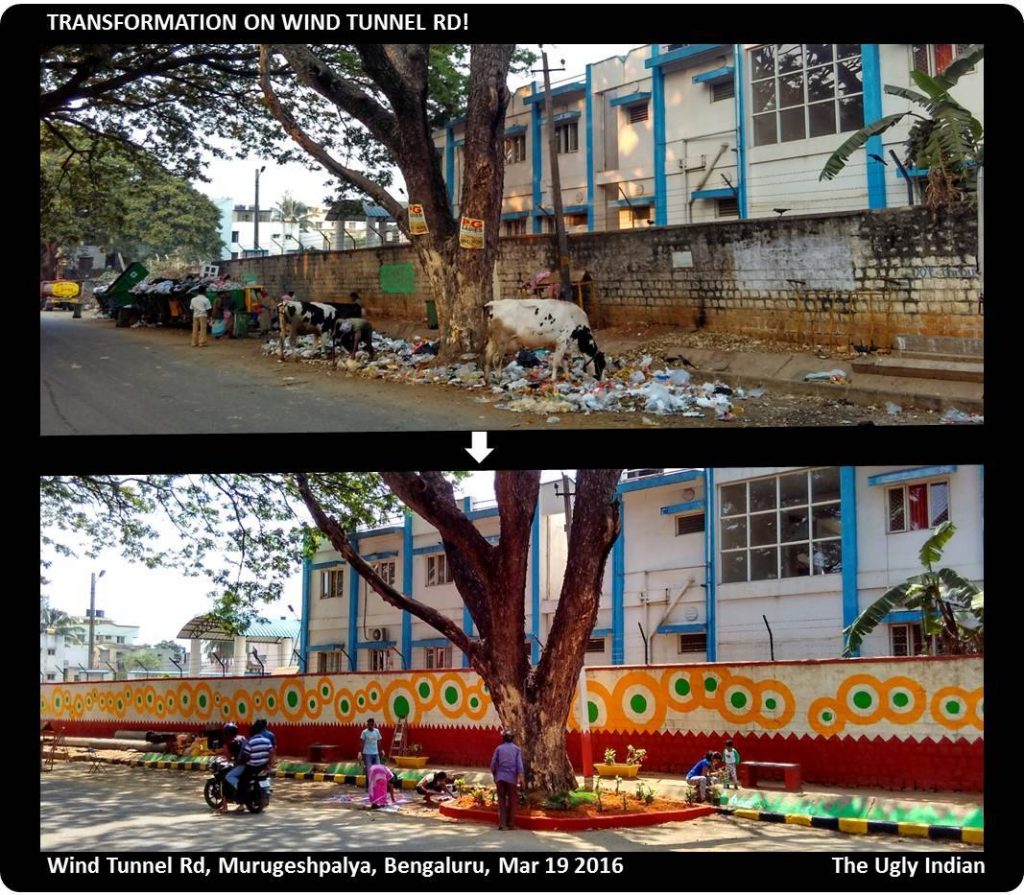civic-ism: the exigency, design and urgency for civic innovation

Technology – designed by a few, ingrained in the lives of a billion. There is no escaping the tremendous impact it has created in modern-day living. Technology is not only creating the complex fabric of our social existence but radically modifying our ability to transform our built environment as well. Technology-driven social and civic innovation has provided a powerful tool for a generation that functions almost entirely within the technological realm.
Access to platform, information and the ability to express our opinion – no millennial citizens will shy away from this description of our innate desire to contribute to the ever-increasing problems of our world. We’re at a point where waiting for top-down policies to affect our behaviour will only go so far – it is the ground-up movements, in tandem with top-down policies that will help alter fundamental behaviour and help inspire long term solutions.

As citizens, are we not responsible for our cities and the spaces we occupy? Is it not our duty, to be accountable? And it is this sense of civic duty, or ‘civic-ism’, that will guide our urgency to contribute more, do more and be more for the sake of not only our present world – but future generations.
Where do we stand today?
It is no secret that humans are biophilic species. Yet, we find ourself struggling with the self-inflicted hardships, more than any other species and are also disrupting their ecosystems, way of life, food sources and habitats. It is predicted that by 2050, there will be more plastic in the ocean than. In 2015-2016, Mumbai alone generated about 11,000 tons of solid waste per day. Everything from erroneous design policies to mass-produced
toxic products are creating an imbalance that is tipping us further away from being in harmony with nature.
Overpopulation is one of the major problems that India faces today. But that has resulted in other problems that have more to do with attitude and civic behaviour than the sheer number of people.
The amount of public spaces overrun with trash is one such behaviour driven problem. Board any local train in Mumbai, one can see kilometre-long stretches of trash strewn along the tracks, on roadsides etc. It will not be an uncommon sight to see someone throwing trash everywhere except a trash can.
Tokyo is more populated than Mumbai, yet the two cities could not be more different if they tried – in terms of infrastructure as well as the civic attitude towards maintaining the cleanliness of their spaces. This is why civic innovation is crucial in a country like India – it sets a precedent by behavioural example and that is the most formative and transformative innovation.
How much can one person do?
The disbelief and lack of belief in the individual capacity are not uncommon. In fact, any person trying to bring about a change has been asked some variation of, “What/ how much will you accomplish alone?”. Afroz Shah is an environmental activist, who started cleaning up Versova
Beach in Mumbai, with his neighbour every weekend. That effort is now 200,000 volunteers strong, he won the 2016 UN Champion of the Earth Inspiration and Action award and successfully lead the effort that is now the world’s largest beach clean up. If all these awards were not enough, Mother Nature gave the biggest reward when olive ridley sea turtles nested on the very beach.

About 80 tiny turtles made their way into the ocean for the first time in 20 years in Mumbai. As ambitious as this plan was, it was not void of mindless negativity and purposeless obstruction when goons abused volunteers and officials did not clear the picked up garbage. This is why there is a need to bring about change in people’s mindset and the only way to do it, is to practice – get everyone involved and hopefully alter habits, not just preach. This campaign has now expanded to cleaning up Mithi River.
What can a community do?
India prides itself on the sense of community and a sense of moral responsibility we feel towards it. So what can it achieve when it decides to come together? A lot. The Ugly Indian and Chal Rang De are some examples of community-led transformation and beautification initiatives that are targeting problem areas in the public realm and transforming them through beautification. Volunteers identify a problem area, clean it and make it aesthetically pleasing so that everyone else continues to keep the area clean. The solution is deemed successful only if it is as affordable as possible and survives 90 days without supervision.

Chal Rang De set out to transform the view people have of slums by turning it into a work of art that expresses what it’s dwellers the image of what their community means to them.

Where do we go from here?
For a lot of people, their day to day struggles are so overwhelming, that thinking about the larger goal is practically impossible. So our solutions need to cater to a wide spectrum of the populace so that everyone can contribute in some way. Public education is paramount to successful civic innovation. This, in turn, will help develop policies and design guidelines that create urbanscapes that foster, nurture and encourage the development of a multitude of innovative interventions.

